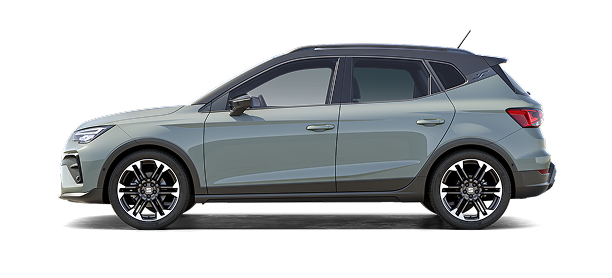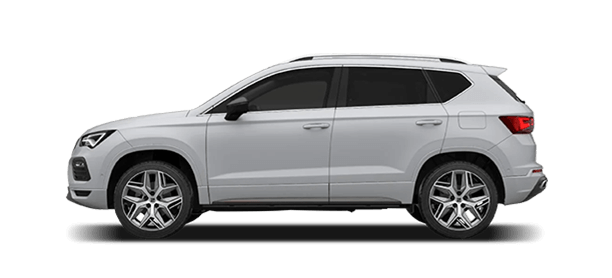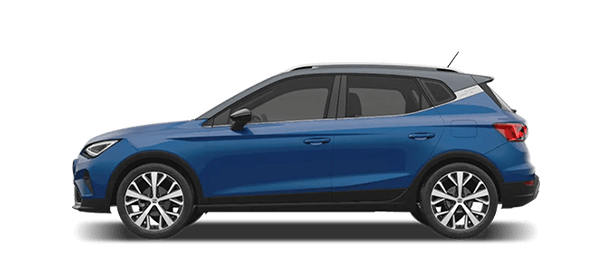Autumn is the season of colours. The yellow, orange and brown hues of the landscape make for enticing weekend getaways. On the other hand, it is also the most challenging season for drivers, as they must face fallen leaves on the roads, cold weather, rain and longer periods of darkness. All of these conditions require you to do a seasonal check-up of your car and to adapt your driving accordingly. Below are 10 tips for carefree driving in autumn.
1. Millimetric precaution.
The pavement gets cold and wet in autumn, so it is crucial to check your tyres. Tread depth and pressure have a major impact on grip and braking capacity, so experts recommend that the tread be more than 2 mm deep and never less than 1.6 mm, as you could completely lose traction when driving on a wet surface at 90 km/h. Furthermore, make sure you check that your tyre pressure is correct once a month.
2. Fallen leaves are as slippery as snow.
Fallen leaves, rain and fog: the challenges of autumn.
They are lovely to look at, but leaves on the road, especially when wet, make the surface as slick as when driving on snow. For this reason, seasoned driver and racer Jordi Gené recommends extreme caution in areas where leaves blanket the pavement and that you avoid any hard braking. “If you find yourself in this situation in the middle of a curve, make no sudden steering moves, and if your tyres lose their grip, do not try to force the steering until you regain control”, he adds.
3. The rule of the 3 Vs (Visibility, Vehicle in front and Velocity).
When it's foggy, and for example you can only see 50 metres in front of you, that's the safety distance you should maintain with any vehicle ahead, and do not exceed 50 km/h. “This is how you can make sure you have enough braking distance in the event of an emergency”, Jordi explains. The Front Assist automatic braking assistant comes in very handy as it controls the distance of your car trailing other vehicles and automatically applies the brakes when necessary.
4. Prevent the glare effect.
Another tip is to increase your visibility with foglights. Jordi warns “never to use your high beams, as they produce an effect on a misty windscreen that prevents you from seeing the outline of the vehicles in front of you.”
5. Good visibility in the rain.
Experts say that driving with windscreen wipers in poor condition reduces visibility by 20% to 30%. They should be replaced once a year, and especially in the autumn as it is usually the rainiest season. Driving with clean windows makes it more difficult for them to fog up, which you can also prevent by pointing the hot air nozzles to the windscreen. Lane Assist is also handy when there is poor visibility, as it alerts you if you steer off course and even makes minor steering corrections.
6. Double up on safety.
It doesn't just have to rain to make the pavement slick, humidity and low temperatures can also do the trick. “For this reason, you have to be extra careful when driving along shaded stretches, especially when there are curves”, says Jordi. You should maintain twice the safety distance on wet roads, and it's also advisable to tap the brakes from time to time to dry the humidity from the brake pads and verify their effectiveness.
7. In a situation of aquaplaning, forget the brakes.
Brief, heavy rainshowers are common in autumn, so you run the risk of aquaplaning. “In this situation, never apply any force to the brakes until the wheels regain contact with the pavement and then correct your steering with gentle movements of the steering wheel”, the expert points out.
8. Firm grip on the wheel when it's windy.
Strong wind can also be a challenge when driving on the motorway. Reduce your speed and keep a firm grip on the steering wheel when overtaking lorries, as the screen effect can destabilise your car's steering ability.
9. No reason not to turn on the high beams.
Leaves on the road reduce tyre grip similar to driving on snow.
With the arrival of daylight savings, the days get shorter and more people drive in the dark. The correct lights are important, as 30% of all accidents in Europe take place at night. They are recommended on intercity roads with little visibility as long as there is no fog, but “many drivers do not use them for fear of dazzling oncoming traffic. That’s where the high beam assist comes in handy”, explains Maite París, who is in charge of Headlamps at SEAT. This system detects the presence of vehicles in both directions and automatically switches back to main beams accordingly.
10. No beastly surprises.
Autumn is the mating season for many wild animals that move around in herds and are more active. It's very important to slow down when driving on roads where there are signs warning of wildlife in the area.
















